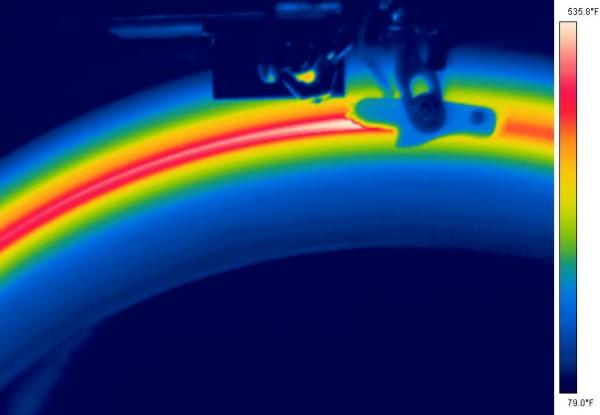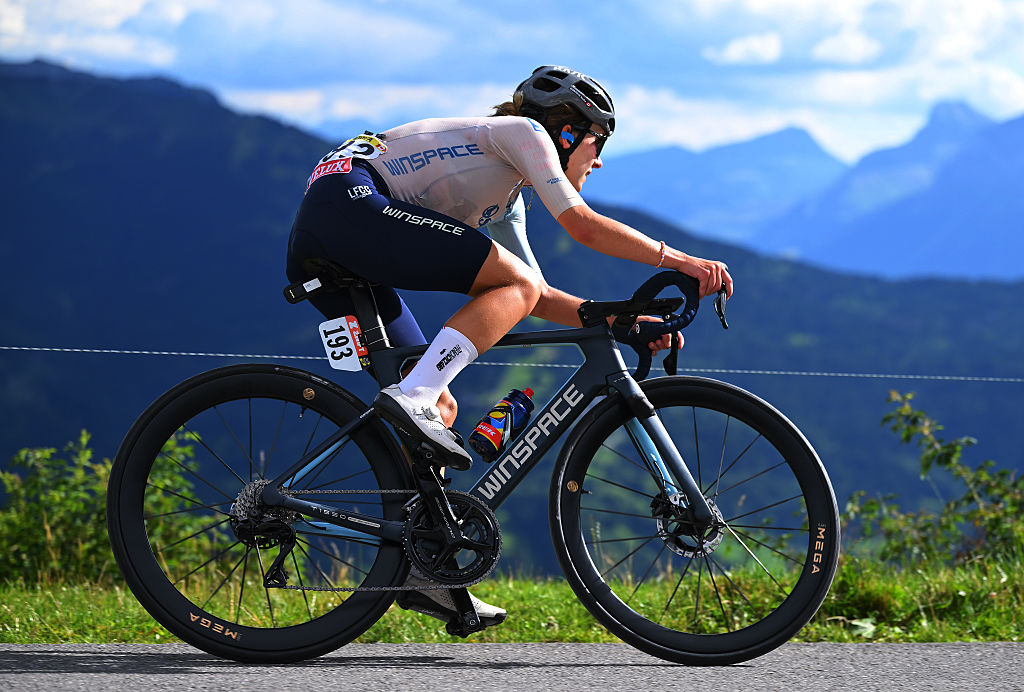Product review: Zipp 404 Carbon Clincher
Impeccably fast high-speed cruisers for smooth roads and the glue-averse
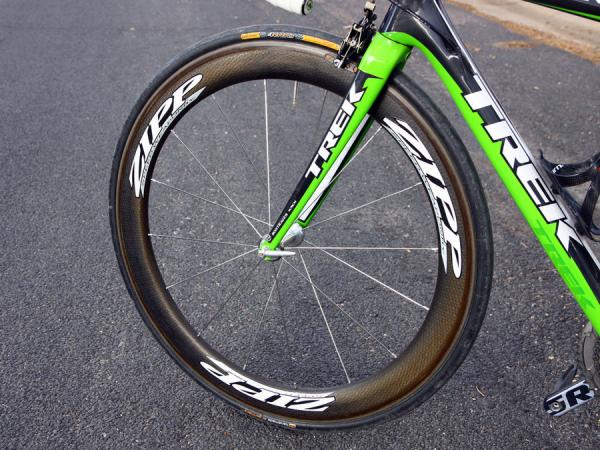
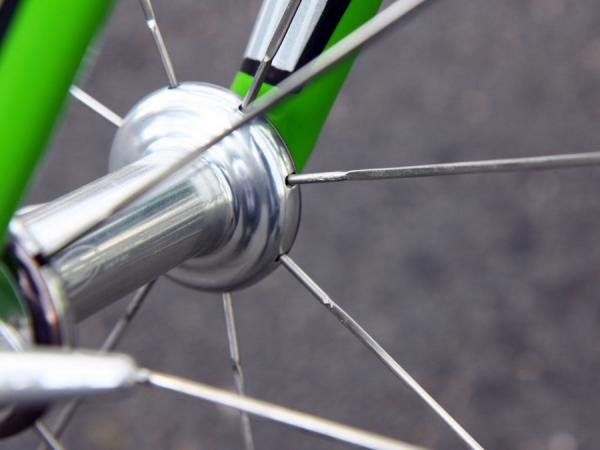
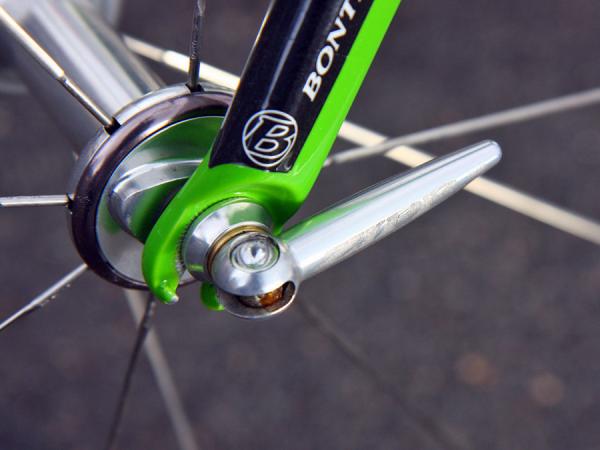
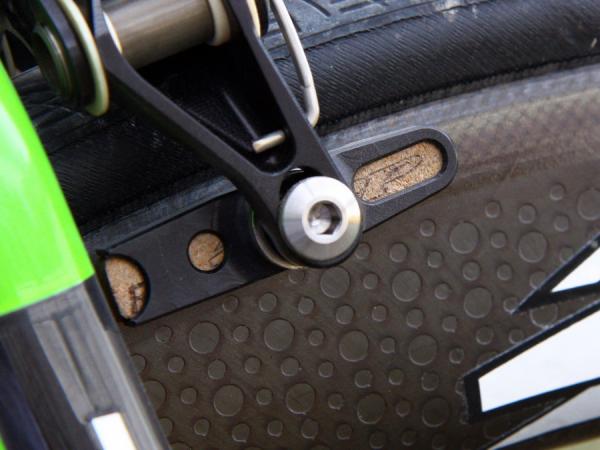
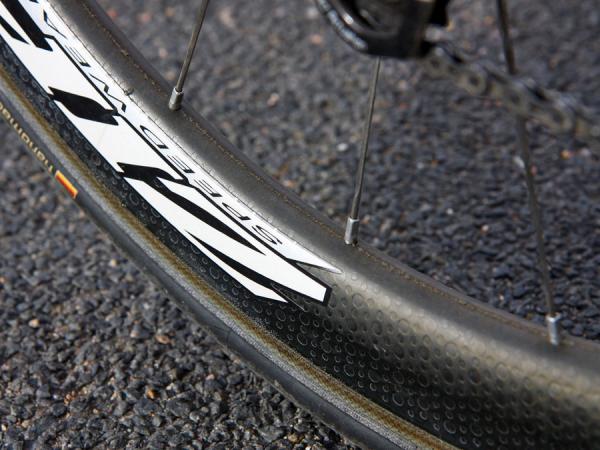
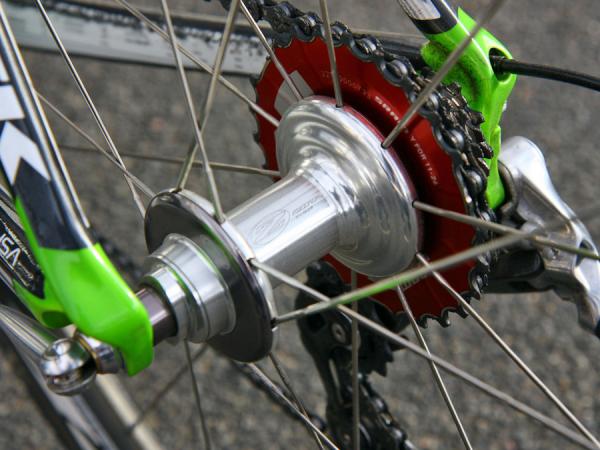
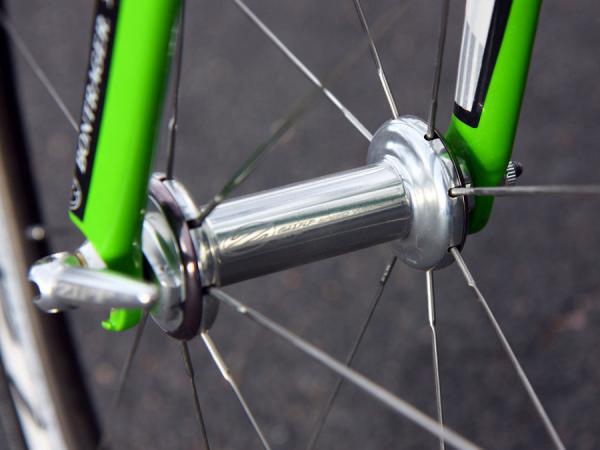
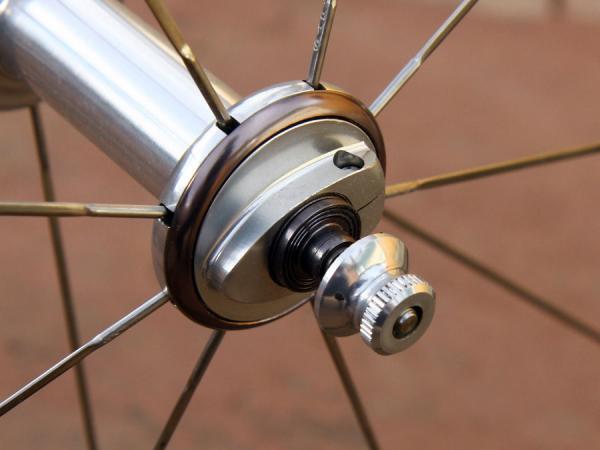
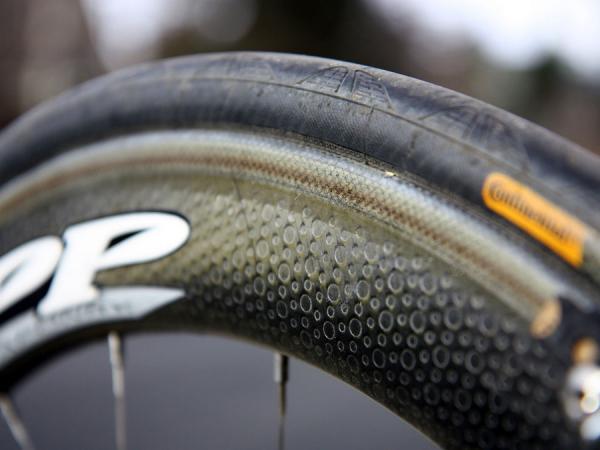
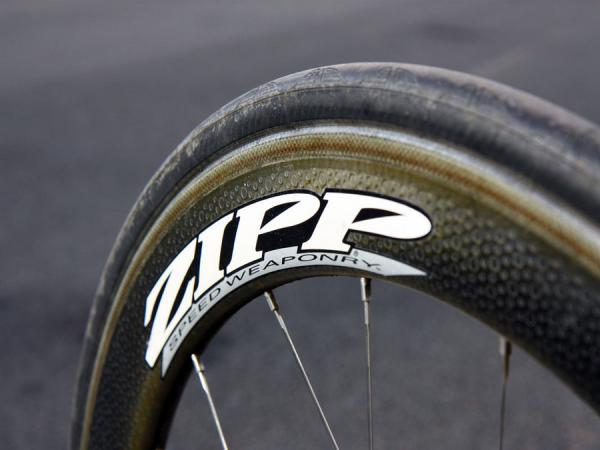
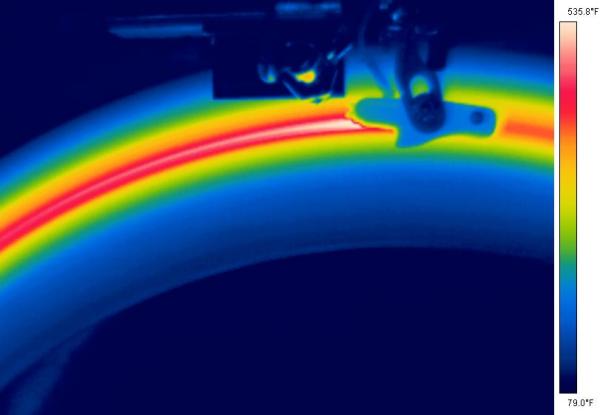
Zipp's new 58mm-deep Firecrest rim profile admittedly takes a while to get used to, what with its unusually fat width, nearly board-flat sides, and decidedly blunt nose but when out on the open road the only thing you're likely to think about is, 'holy crap, I'm flying!'
On test: Trek Top Fuel 9.9 SSL
We don't say that lightly, either - after having ridden countless other sets of aero profiled wheels of both shallower and deeper dimension, the new 404 shape genuinely does feel quicker than comparably sized wheels at typical cruising rates of around 32km/h (20mph) - and even many wheels we've tried using a much taller cross-section. Those differences only become more obvious at more time trial-appropriate speeds of 50km/h (31mph) or more, especially in comparison to older designs with narrower and/or more V-shaped profiles.
During one memorable instance on a familiar, fast and slightly negative grade, we actually had to sit bolt upright and feather the brakes to avoid overtaking a similarly-sized rider that was well up the road and clearly pedaling like mad. If flat land speed is what you're after, these are clearly a good way to get it.
So, if your ultimate goal is flat-out speed and you're not interested in tubulars, there's a lot to like with Zipp's new 404 Carbon Clincher - they're fast with a big, fat, capital 'F' and offer handling stability in crosswinds unmatched by other aero wheels we've used.
But you won't see these wheels under a ProTour rider anytime soon; drawbacks such as the stiff ride, so-so weight and high inertia (for a pure race wheel), screaming brakes, and high price tag (for the rest of us) are tough to ignore.
Shocking cross-wind performance and other highlights
Straight-line speed in calm conditions is one thing but the 404's remarkably composed personality in crosswinds flat-out shocked us. One popular section of pavement around our Boulder, Colorado office is renowned for violent crosswinds as you head out of town but even in strong gusts clocked at well over 50km/h (31mph) that would normally find us death-gripping the bars - and still getting knocked off-line - we found the front end refreshingly easy to control and with a feel more akin to shallow-section wheels.
The latest race content, interviews, features, reviews and expert buying guides, direct to your inbox!
We had the same experience while bombing in a full tuck down one of the local canyons in unpredictably swirling winds, too. In addition to being admirably stable in those conditions, overall handling is predictably rock-solid and confidently surefooted in hard corners thanks to impressive lateral rigidity - feel free to go just that little bit faster or lean it over just that little bit further and these wheels will likely pull you through safely.
Braking performance coming down from those speeds is good with the included Zipp blocks. Initial bite is suitably strong and confident - especially for a carbon rim - and that power is easy to modulate with no unsettling grabbiness or pulsing. Zipp is also keen to point out the higher heat capacity of its new composite system - a critical feature as tire bead softening is a known Achilles' heel for carbon clinchers, especially for riders that live in mountainous regions.
"The 404 Carbon Clincher has the highest temperature capacity of any carbon clincher ever tested," Zipp technical director Josh Poertner told us. "That was the goal of our multi-year project, and nobody else even comes close at this point.
The picture below shows how evenly the temperature distribution is, as well as the ability of the rim to shed heat - notice the difference between the portion of the brake track leaving the pad vs. what is entering from the backside. This test is done in still air to ensure the minimal amount of convective cooling possible and we still manage to shed over 150 degrees in a single revolution in still air."
Indeed, in our test the 404s have proven to admirably maintain their structural integrity under high heat conditions with no disconcerting thumping under continuous braking - a telltale indicator that the bead hooks are giving way. But despite Zipp's claims, the rims still don't dissipate heat as well as we'd like, and certainly still not as well as an aluminum hoop.
The 404's rim-and-pad system gets hot very quickly on long descents or when forced to scrub a lot of speed and even single-run downhill panic stops from 40km/h (25mph) consistently produced measured tyre pressure increases of 3-5psi - enough to affect handling for riders that are sensitive enough to that sort of thing and something we didn't notice when we tested Easton's EC90 SL.
Great, but not perfect
Unfortunately, that heat build-up also brought with it a disconcerting burning smell, a high-pitched shriek from the carbon-specific Zipp Tangente cork pads, and a bit of fade. Interestingly, Zipp's new 404 is one of the few carbon rims we've used in recent memory where braking performance was worse when we used our normally benchmark SwissStop yellow pads - they bit much less aggressively and squealed even more.
Getting up to the realms where you can really enjoy the 404's benefits isn't quite as rosy an experience as we'd hoped, either. Under hard acceleration efforts like from a standstill or just when punching it to close a gap or for sprints, the 404s simply don't produce the sensation of shooting forward like many people would expect of a wheelset costing US$2,700.
Weight - or more specifically, inertia - seems to be the culprit here. Actual rim weight is just over 500g and while that's not necessarily heavy per se, all that mass is concentrated at the outer edge of the wheels where they have the most effect.
Say what you will about the debated effects of wheel weight on overall acceleration - we know it's a small percentage of the total bike-plus-rider mass - but it's still a noticeable difference nonetheless. It's not likely to be an issue for more constant-velocity events like time trials and flatter road stages where that added inertia can actually help maintain speed but the 404 Carbon Clincher probably wouldn't be our first choice for a criterium with its frequent accelerations.
Ride quality leaves something to be desired, too, with a stiff ride on bad road surfaces despite our relatively supple 23mm-wide Continental GP4000 reference tires.
"Whereas with the 303 the entire rim shape and layup was designed around vertical compliance, the deeper 404 has to balance the desire for vertical compliance with the need to keep the rim section from flexing within the section," Poertner explained. "In net terms, the 404 is slightly stiffer laterally than the 303, and about 20 percent less compliant vertically but still more than 250 percent the vertical compliance of a V-shaped rim of similar depth."
In all fairness, the rim weight is inline with similarly-sized carbon clincher competitors, especially considering the Firecrest shape's abundant surface area. Plus, clincher rims that are significantly lighter or offer a smoother ride - whether they be carbon or aluminum - are apt to be substantially shallower and include fewer aero benefits.
Even so, if wheel weight and inertia are among your list of concerns, the 500g+ figure has to be taken into consideration - especially when the similarly shaped 404 tubular is nearly 300g lighter, not to mention US$400 cheaper.
Price: US$2,700/€2,324/£2,500 (pair w/ stainless steel skewers, Tangente cork pads, rim strips)
Weight: 1,526g (pair, w/o rim strips or skewers); 74g (skewers, pair)
Pros: Firecrest aero profile is noticeably fast at cruising speed, superb crosswind handling, slick-rolling hubs, clincher convenience, wide tyre bed, heat-tolerant carbon composite system
Cons: Not all that snappy feeling, ear piercing brake squeal during long descents, expensive, stiff ride, no tubeless compatibility
Cyclingnews verdict: 3 ½ stars
More information: http://www.zipp.com
